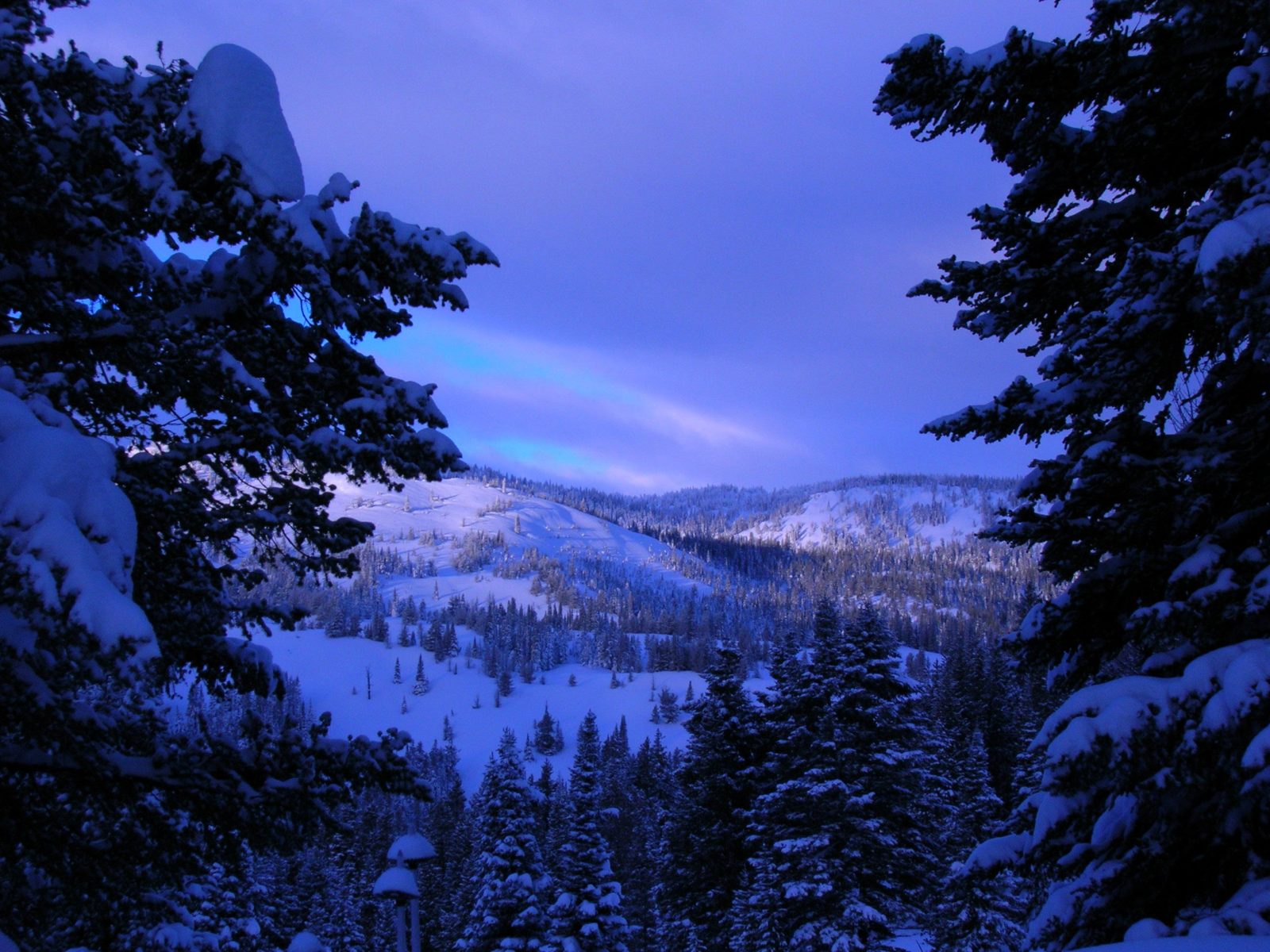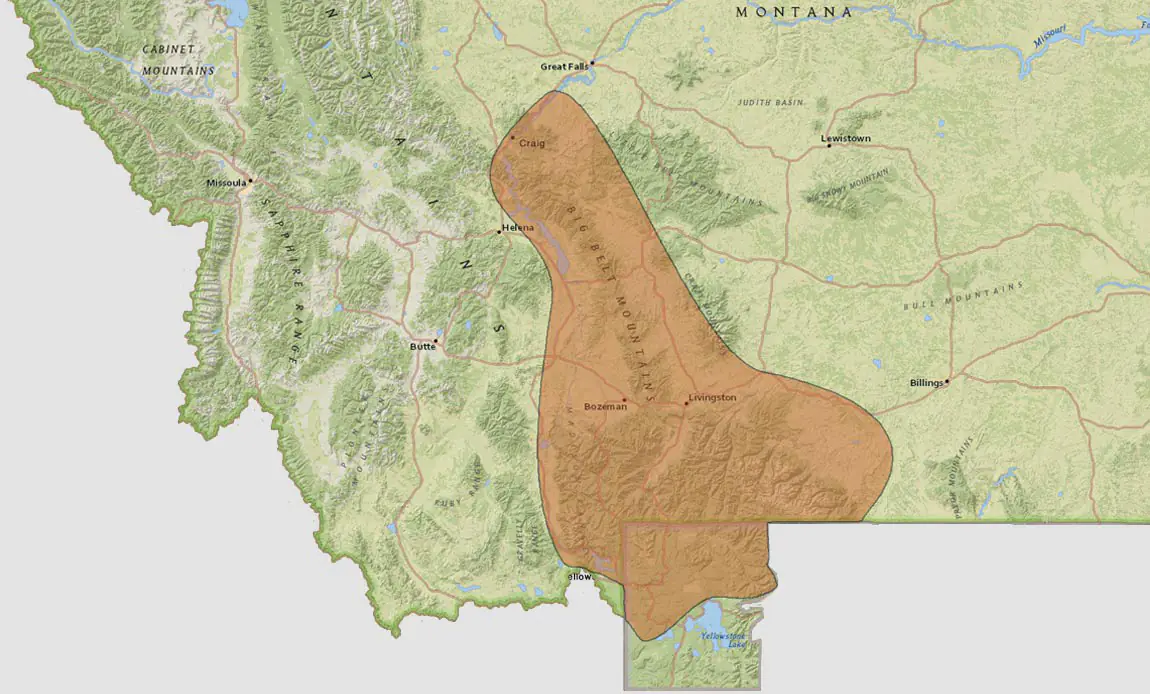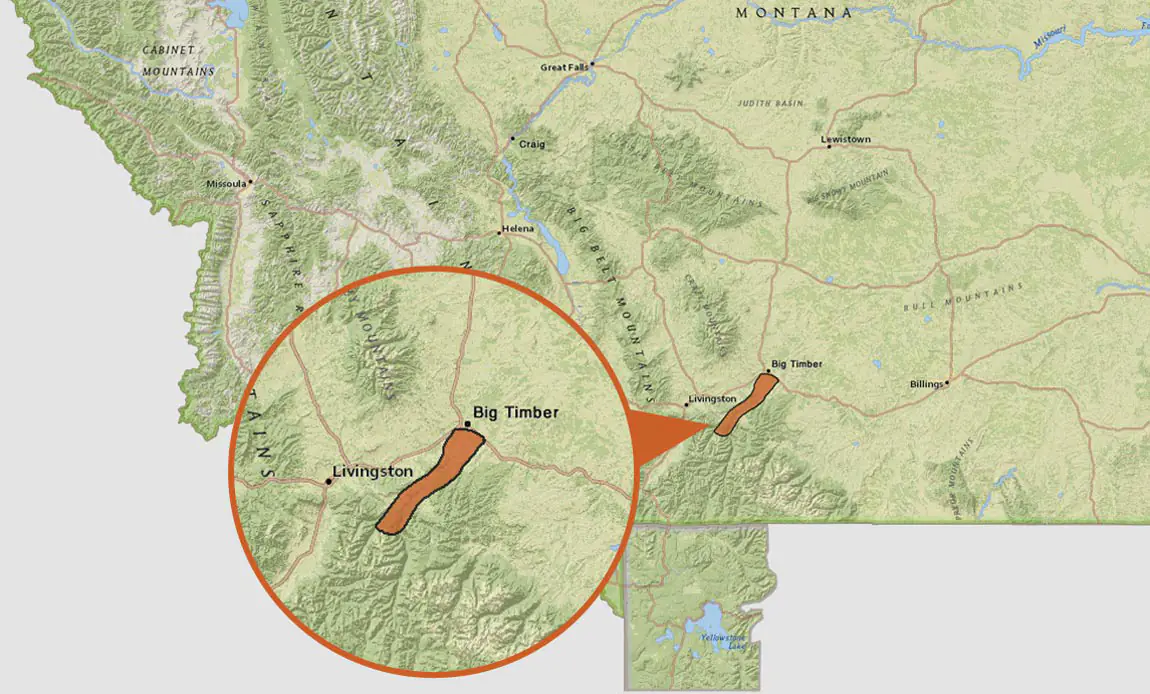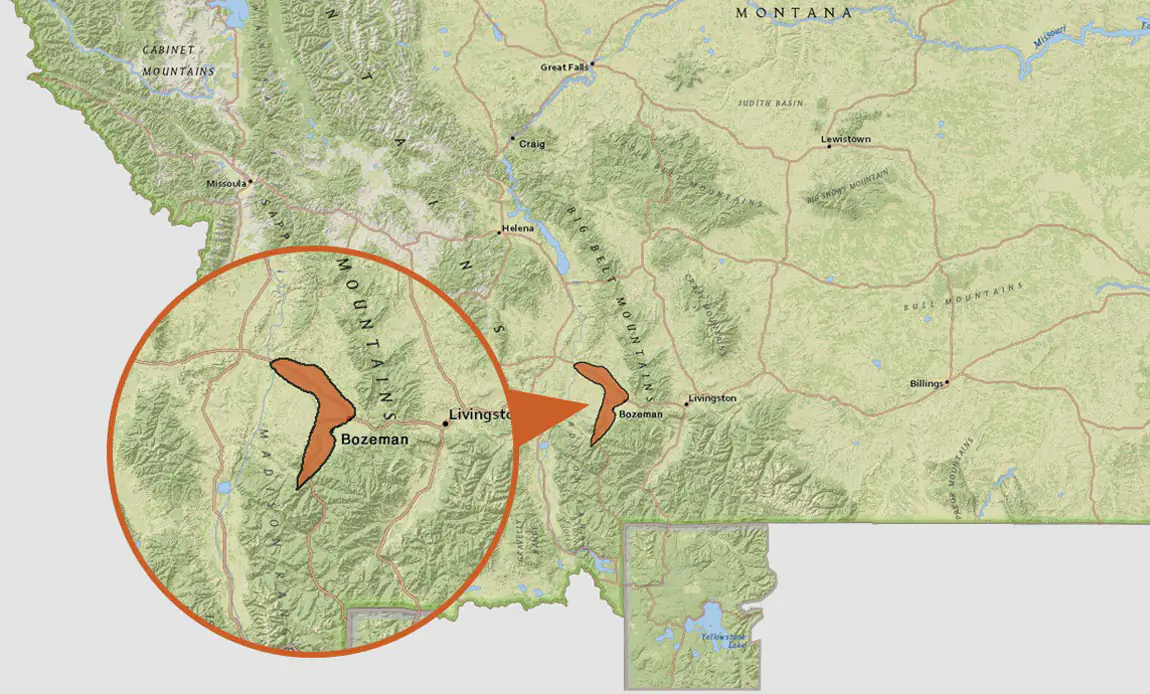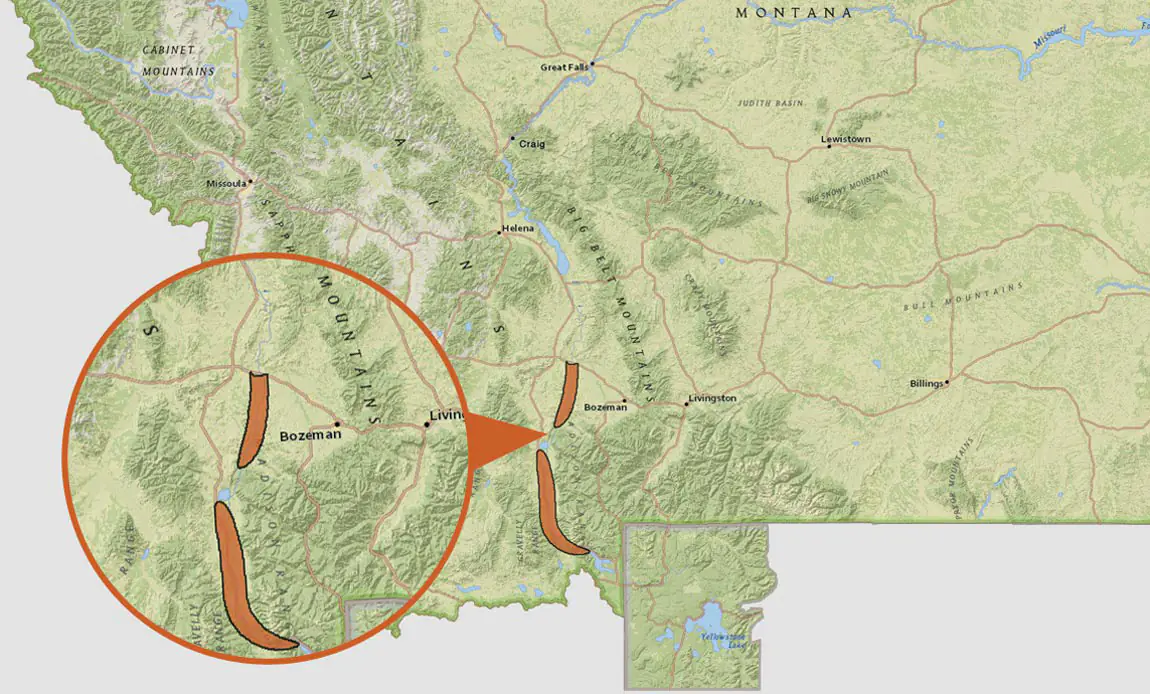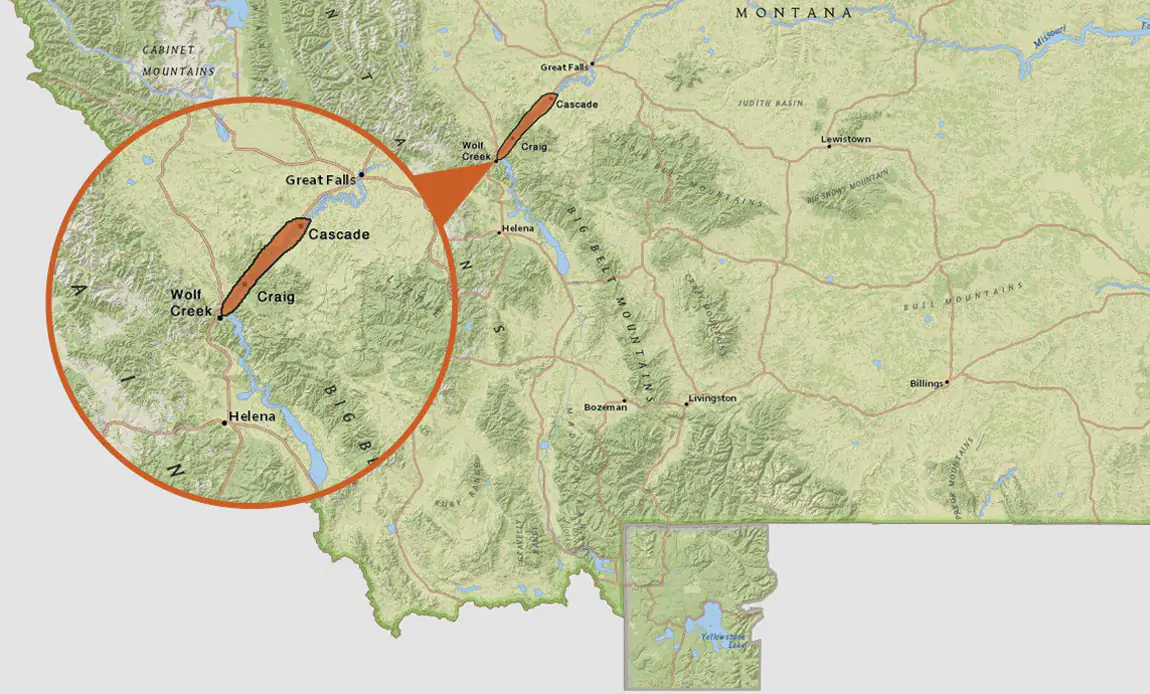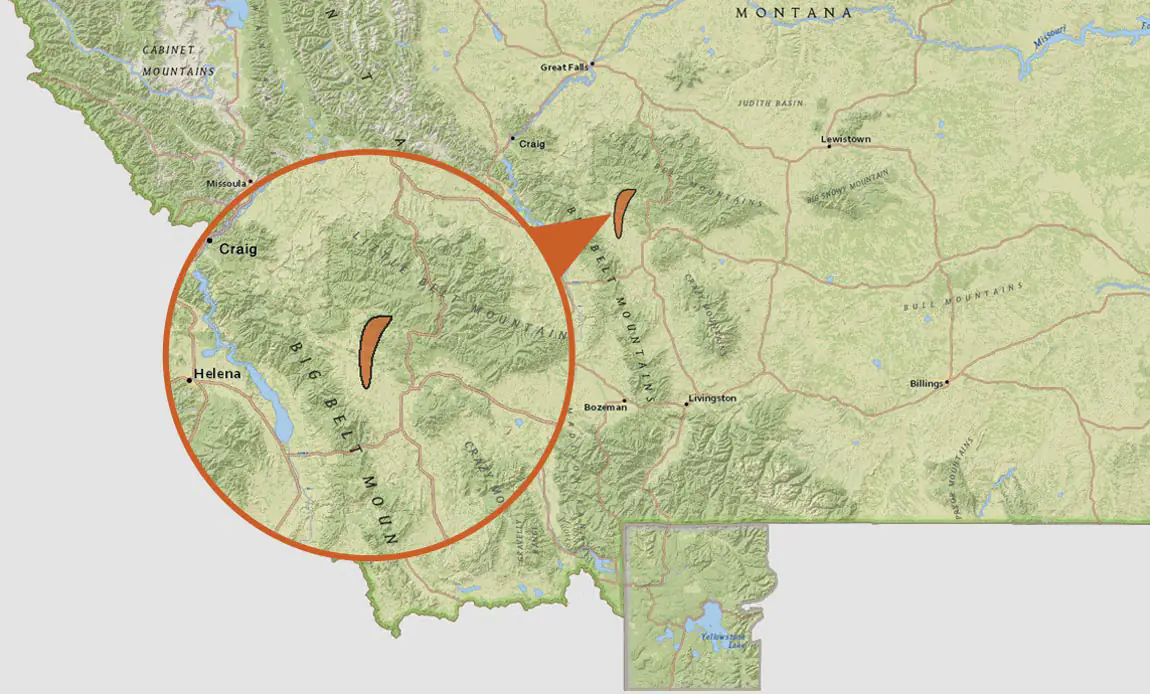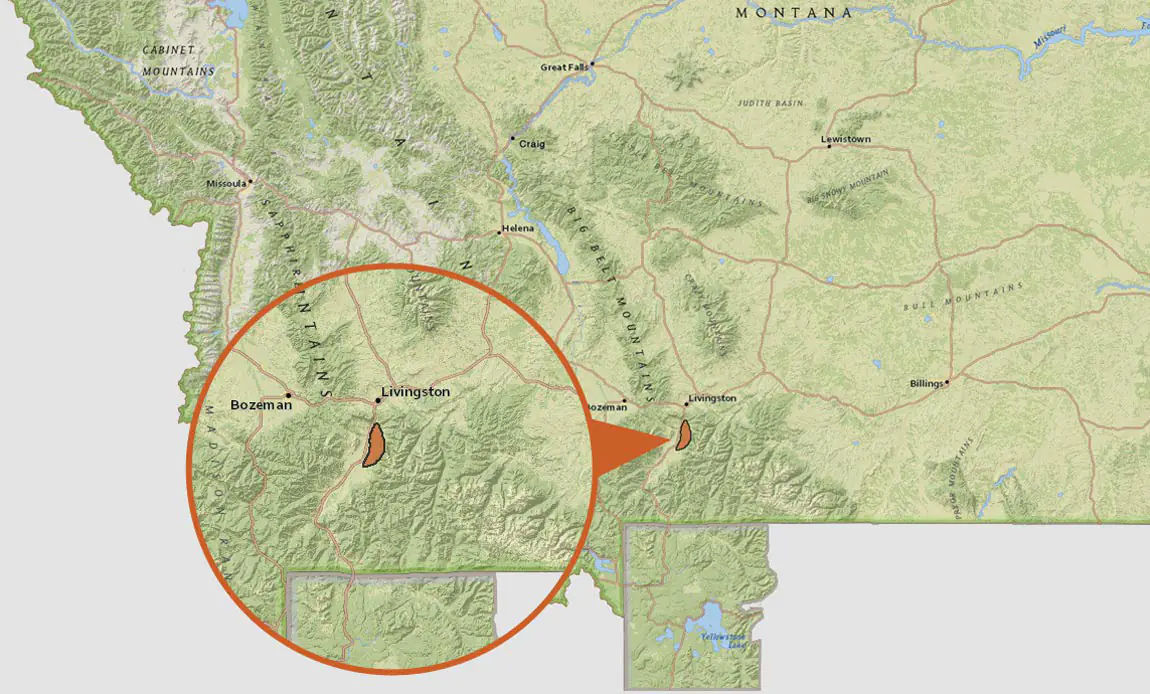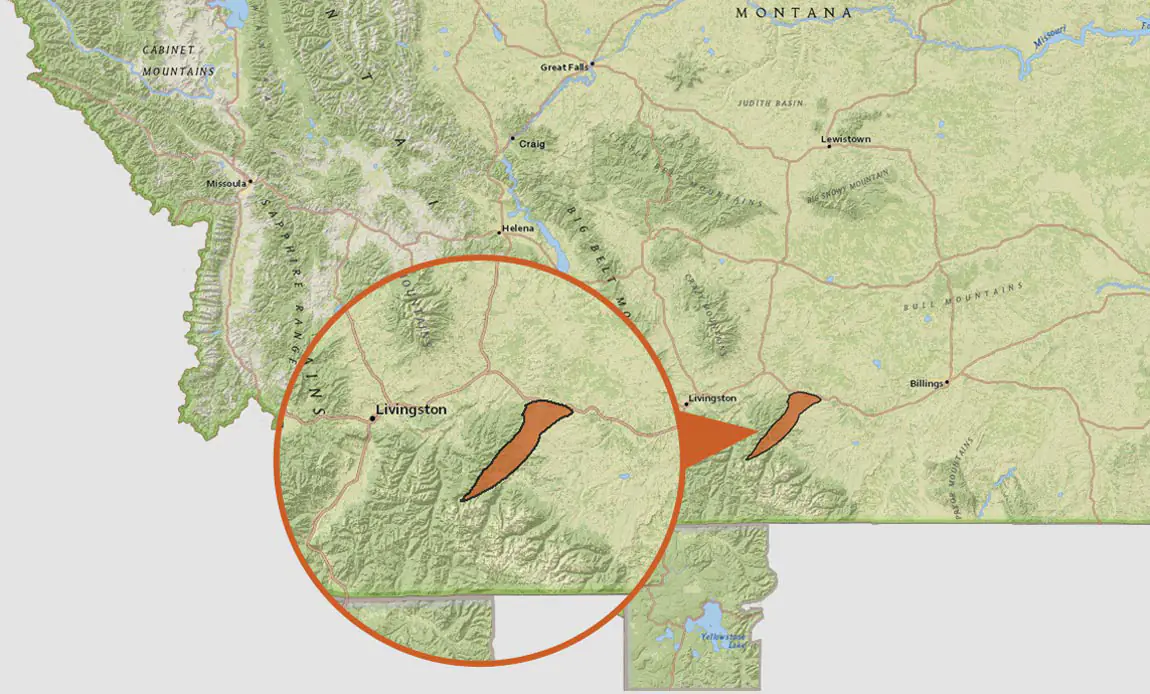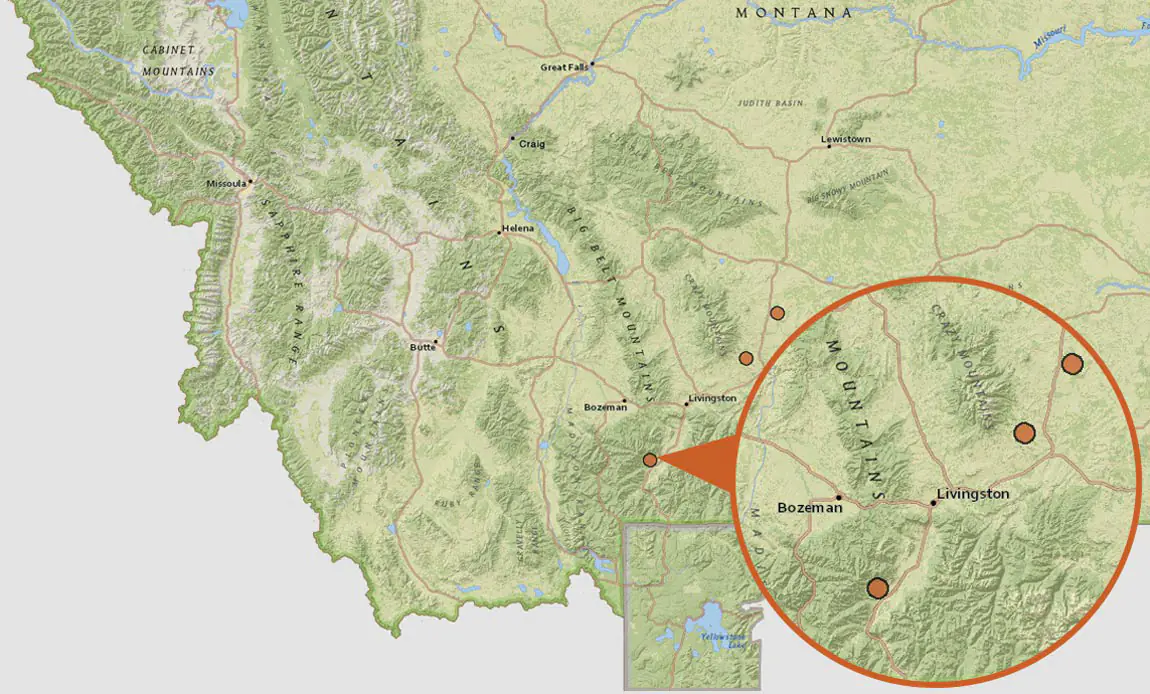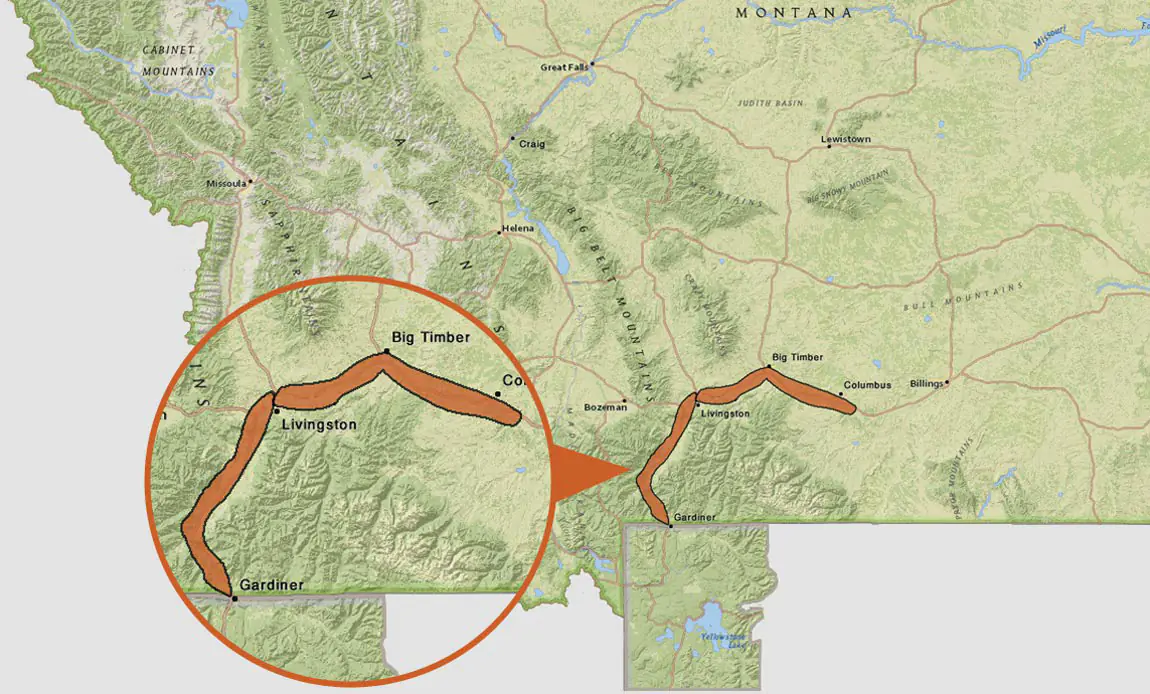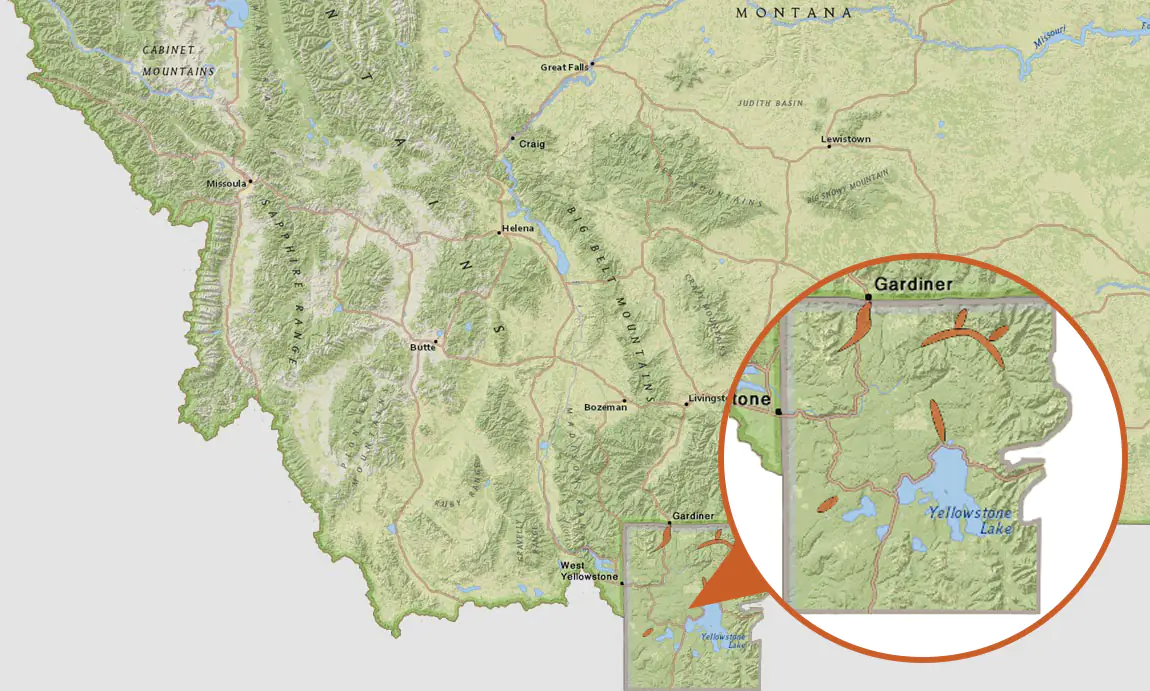This article was written, by Eric Adams and edited by Blake Maxwell, for The Bozeman Magie Dec 23, 2010 | Vol: 1 and can be viewed in it’s entirety here.
Montana fly fishing and winter? Seems to be a verbal paradox, but good opportunities are out there for the patient and adventurous angler. Most believe fly fishing possibilities hibernate through winter, but for many anglers, the season signifies quality, un-crowded fishing. So we thought in celebration of winter’s official onset it was time to discuss some winter fishing. First, we’d like to convey an experienced approach to winter fishing and describe the ideal scenarios yielding the best results. Second, we’ll review several safety recommendations that you’ll want to consider. Finally, we’ll reveal some of the best places in our part of Montana to fly fish in the winter months. Regarding why someone would voluntarily fish Montana during winter – if you’ve taken the time to read past the title, you are either morbidly curious or you already belong in the category of ‘adventurous.’ With that in mind, let’s discuss the best ways to scratch that fishing itch with the cold and snow.
Again, patience is key, and that means waiting for the right kind of winter weather. Many people picture Montana winters as arctic landscapes with piles of snow and even igloos for shelter. Those of you who haven’t visited here during the winter might be surprised; most of the weather is relatively mild. While arctic cold fronts can and do inundate us with sub-zero temperatures and blizzard conditions, the Livingston area average daytime highs hover around 40 degrees. That may not strike you as overly warm, but with low winds, sunshine and (normally) low humidity, the days can be surprisingly pleasant. As we’ve always said, “We’ll take 20 degrees in Montana over 35 degrees in the cold and humid upper Midwest any day.” If you have the patience to wait out the weather and time to pick your days, Mother Nature shouldn’t be a limiting factor.
Not only should you wait for conducive weather, but the time of day is also important to your fishing goals. Daylight in Montana is limited during the winter to about eight hours between sunrise and sunset – a dream for those “sophisticated” anglers who prefer to savor their morning coffee. The hours between noon and 3 pm are typically the warmest part of the winter days. This is noteworthy for several reasons. First, trout are cold-blooded animals, which generically means that their environment directly affects their metabolism. By fishing during the warmest part of the day, you’ll increase your exposure to active fish. Second, the majority of southwest Montana’s wintertime hatches occur during the warmest part of the day. These hatches are predominantly midges along with the occasional Baetis or Psuedocleon mayflies. For those not up on your entomology, we encourage the use of a good selection of flies such as Buzz Balls, Griffith’s Gnats, small parachutes in darker colors, Brassie’s, Miracle Midges, Zebra Midges and the like in sizes 16 through 24.

The second key to fly fishing Montana in the winter is an adventurous spirit sufficient to brave the elements. Gear helps; the advances in breathable waders, layering, portable heaters, hand warmers, and weatherproof materials have opened up the whole calendar to the diehard angler. There’s no reason to be cold, wet and miserable ever again. Sure it costs a bit, but adding another five months of fishing certainly offsets a few bucks for those of us with angling fever. And don’t forget the old saying, “A bend in the rod always warms the soul.”
Many of the prime locations for winter fishing are close to civilization, but we would strongly caution even the most adventurous winter anglers to keep safety in mind and have a plan if you misstep and fill your waders. It happens, and hypothermia is a serious result. One of the best recommendations we can make is to fish with a partner. Pairing up is often more fun and certainly a lot safer if someone does need assistance.
One particular danger of winter fishing is shelf ice. Many of the streams will develop a shelf of ice on the banks; these can be quite unstable and may stand well above the water level. Take it from my own personal experience, it’s best to avoid and enter the stream from drier ground. One weak spot in the ice can have your dangling in a hole up to your elbows.
We suggest two invaluable pieces of equipment; a pair of the newer rubber-soled wading boots and a wading staff. Snow and water collect on felt-soled wading shoes and freezes. They end up acting more like ice skates than boots. The wading staff will also help with stability on snow and in the river – it might just save you from taking a very cold bath. Lastly, stow a full change of clothes in your vehicle just in case your luck turns bad.
Read Part II of our Montana Fly Fishing in Winter article where we will discuss the best locations to begin your winter angling…
Or you can view the article in its entirety at The Bozeman Magpie.


